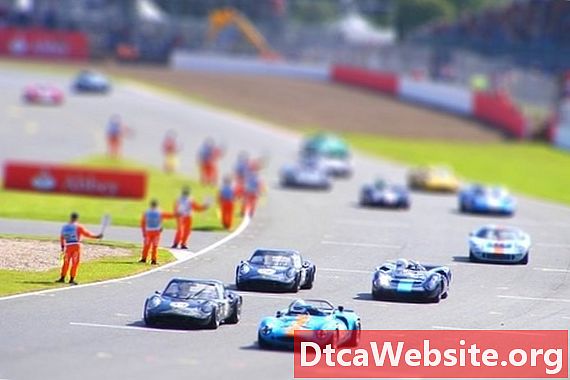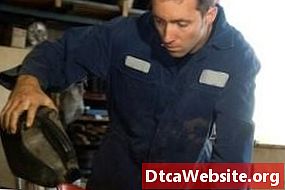
Contenu

Of all the parts that make up a vehicle, probably one of the most important is the alternator. Alternators are the modern version of old-school generators that used to be in vehicles. They are responsible for making sure that the battery of the vehicle stays fully charged and that you can use everything connected to the vehicles electrical system. It might be thought that a device that can perform this task is complex, but in actuality, there really are only a few basic components to the standard alternator.
Diode Rectifier
The diode rectifier, also called the rectifier bridge, is responsible for converting the alternating current produced by the alternator to direct current. Most automobile alternators have six diodes. This part is like a translator between the rotor and stator and the battery.
Rotor Assembly
The rotor assembly is made up of several parts. The main part is the iron core, around which wires (field windings) are wound. Around the core and windings are finger poles that are placed with alternating north and south charges. As the rotor spins, the alternating finger poles create a magnetic field around the iron core. Although the core, windings, and poles are the most crucial parts of the rotor assembly, the rotor assembly also contains a cooling fan, slip rings, brushes, and bearings. These are responsible for directing current to the windings, keeping the alternator from overheating, and allowing proper movement of the main assembly parts.
Stator
The stator is a circular unit that surrounds the rotor. It is made up of wire coils around an iron housing. When the rotor spins and produces a current, the current is transferred into the stator. The stator has three leads that connect to the diode rectifier.
Rectifier
The diode rectifier that is connected to the stator converts the alternating current produced by the rotor to direct current that the battery can use. It is like the translator of the alternator system. Most automobile alternators have six diodes that make up the diode rectifier.
Terminals
A standard alternator has five separate terminals that connect to the electrical circuit. These terminals sense the voltage of the battery, turn on the voltage regulator of the alternator, distribute current to the battery, close the warning lamp circuit, and bypass the regulator.
Voltage Regulator
The voltage regulator, as the name implies, regulates the voltage that is produced by the alternator. It is responsible for distributing the power produced to the battery. If the voltage regulator did not work, the battery could receive too much or too little power, leading to charging problems or overload of the battery.


